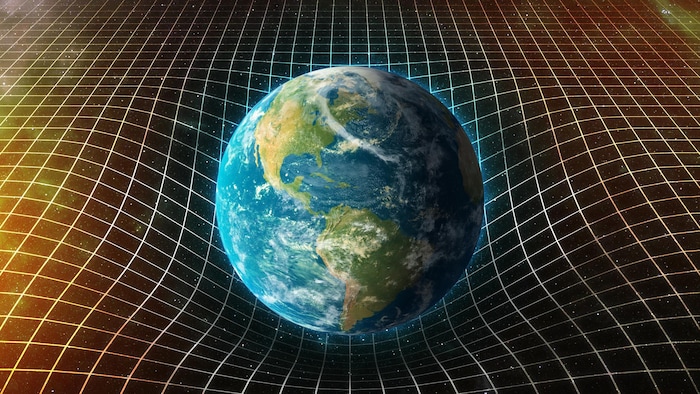Open in full screen mode The sensors will make it possible to measure with extreme precision different acceleration phenomena, such as that of the movements of the masses making up the Earth. Agence France-Presse Agencies French and German space companies launched on Tuesday a project to put quantum sensors into orbit intended to better measure variations in Earth's gravity linked in particular to earthquakes and rising ocean levels. This new technology uses the properties of quantum physics, which governs the world on the scale of the infinitely small, to measure with extreme precision different acceleration phenomena, such as that of the movements of the masses making up the Earth. The CARIOQA mission, launched by the French space agency CNES and the German space agency DLR, with funding from the European Commission, aims to fly a quantum sensor aboard a satellite to the x27;horizon 2030, a world first, according to Christine Fallet, project manager at the French National Center for Space Studies (CNES). These hypersensitive instruments are just beginning to be used on the ground, in mining research in particular, but without offering a global vision of the Earth. Hence the interest in moving away from it in order to be able to observe and map the entire gravity field, explains to the #x27;AFP Félix Perosanz, scientist responsible for applications for the CARIOQA project at CNES. Loading ELSEWHERE ON INFO: The “<em>top gun</em> » at the head of Santé Québec will earn even more than expected The prospects for its use in Earth sciences are highly anticipated, underlines this expert, for example for detect the precursor signals of earthquakes by capturing the movement of tectonic plates at depth – a movement that we currently only know how to measure on the surface and a posteriori. We will be able to monitor seismic risk zones continuously and globally, specifies Félix Perosanz. Same thing for volcanoes, by detecting movements that announce an eruption. Other applications: monitoring the movement of water masses with melting ice, intense rains, floods, as well as more detailed observation of the rise in sea levels linked to the increase of water mass and expansion caused by global warming. These future gravimetric measurements will complete all space missions to observe climate change. A quote from Félix Perosanz, CNES In a first demonstration phase, the quantum sensor, designed by Airbus Defense and Space, will be placed in orbit, between 500 and 600 kilometers from Earth. It will work using cold atoms manipulated by laser. Zerogravity will allow a longer measurement time than on Earth (up to five seconds, compared to a tenth of a second), considerably increasing the sensitivity of the sensor, indicates Thomas Lévèque, responsible for the instruments.
The “top gun” at the head of Santé Québec will earn even more than expected
Quantum sensors in space to measure gravity

